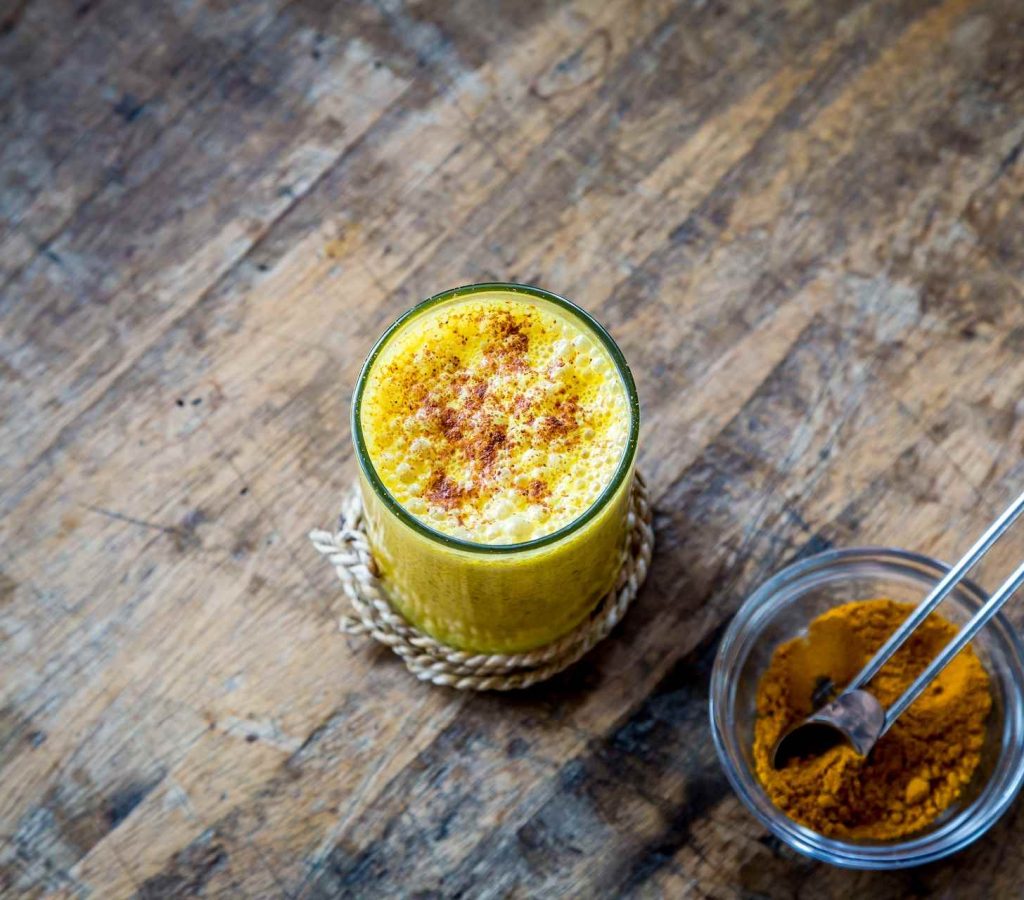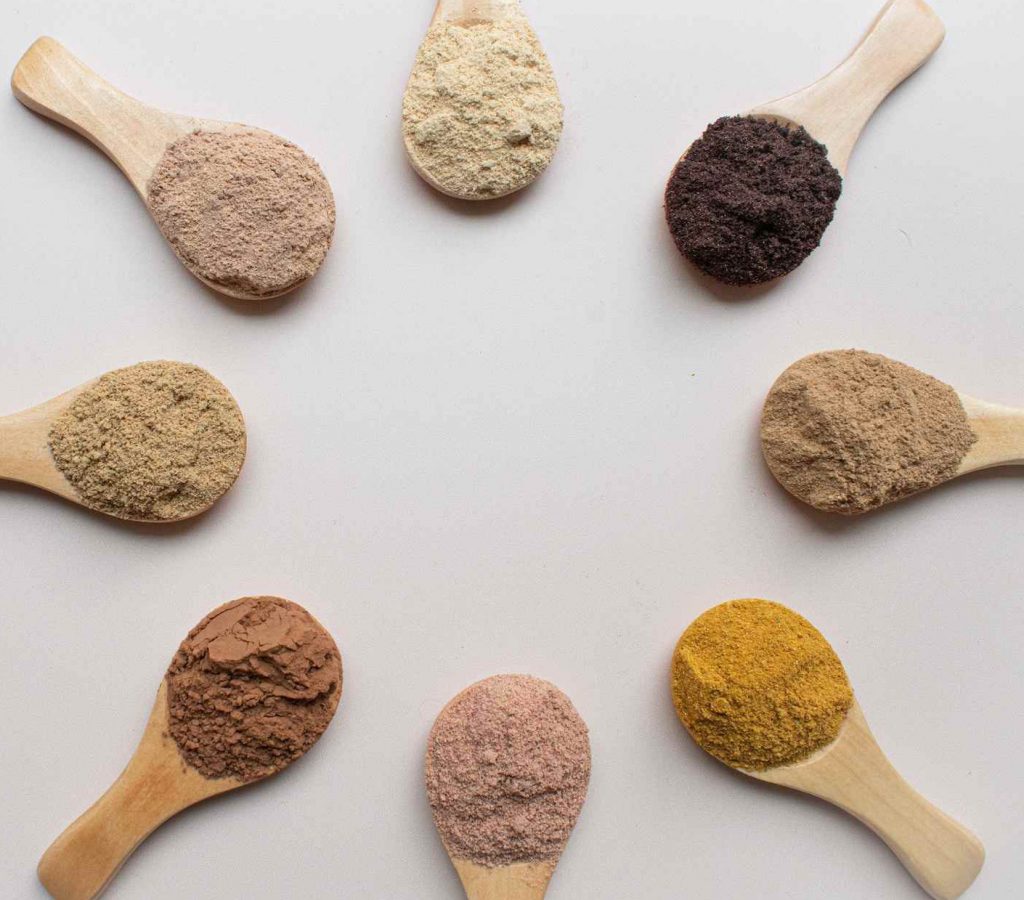Holistic Wellness on Your Plate: Ayurvedic Golden Milk Recipe
Embark on a transformative culinary journey that nourishes both body and soul.
Chef Ruchita offers an array of services, including personalized dining experiences, holistic cooking classes, and exceptional catering options. Elevate your taste buds and well-being in a memorable and health-conscious manner.
Uncover the vibrant flavours and well-being-boosting nourishment that await you with Chef Ruchita.
Reach out to us today to commence a culinary adventure deeply rooted in the art of personalized cuisine.
Historical Origins of Ayurveda
The roots of Ayurveda run deep in Indian culture and history. The name “Ayurveda” is a fusion of two Sanskrit words: “Ayus,” meaning life, and “Veda,” meaning knowledge or science. It’s considered one of the oldest holistic health systems globally, with a rich history that dates back thousands of years.
The foundational texts of Ayurveda are the Charaka Samhita and the Sushruta Samhita, which were penned around 600 BCE. These texts provide detailed insights into various aspects of health and wellness, including anatomy, surgery, herbal medicine, and disease management. The principles of Ayurveda have been passed down through generations, influencing not only traditional Indian medicine but also inspiring other healing systems worldwide.

Key Concepts of Ayurveda
The Doshas
At the heart of Ayurveda are the doshas—three fundamental energies or biological humours that exist within the body: Vata, Pitta, and Kapha. Each individual has a unique constitution, known as “Prakriti,” which is a combination of these doshas. Maintaining a balance among these doshas is crucial for good health, as imbalances can lead to illness.
Vata: Associated with the elements of air and ether, Vata represents movement and is responsible for functions such as breathing, circulation, and elimination.
Pitta: Aligned with the elements of fire and water, Pitta governs metabolic processes, digestion, and body temperature regulation.
Kapha: Linked to the elements of earth and water, Kapha controls structure and lubrication, including bone strength, immunity, and maintaining bodily fluids.
Prakriti and Vikriti: Ayurveda recognizes that each individual has a unique Prakriti, which represents their inherent constitution. However, external factors, lifestyle choices, and dietary habits can lead to imbalances, known as Vikriti. Ayurvedic practitioners work to identify and correct these imbalances to restore health.
Diet and Nutrition: Ayurveda places a strong emphasis on proper nutrition tailored to an individual’s constitution and imbalances. Foods are categorized based on their effects on the doshas, and a balanced diet is encouraged.
Lifestyle: Leading a harmonious lifestyle is vital in Ayurveda. This includes routines that align with the body’s natural rhythms, adequate sleep, regular exercise, and stress management through practices like yoga and meditation.
Herbal Medicine: Ayurveda relies heavily on herbal remedies to treat a wide range of conditions. These herbs are chosen based on their effects on the doshas and their ability to restore balance.


Relevance in Modern Times
In our fast-paced, modern world, Ayurveda offers a holistic approach to well-being that has gained increasing interest and respect. Here’s why it remains relevant:
Personalized Health: Ayurveda acknowledges that each person is unique and should be treated as such. Its personalized approach to health and wellness resonates with modern individuals seeking holistic care.
- Holistic Medicine: Ayurveda recognizes the interconnectedness of the body, mind, and spirit. It offers a holistic approach that complements conventional medicine, focusing on prevention and overall wellness.
- Lifestyle Guidance: Ayurveda provides valuable insights into leading a balanced life through diet, exercise, and stress management, helping individuals adapt to modern living while promoting health.
- Growing Scientific Interest: Modern scientific research is increasingly exploring Ayurvedic principles and practices. Studies on Ayurvedic herbs and therapies have provided insights into their potential health benefits.
- Complementary Medicine: Ayurveda can be used alongside conventional medical treatments, providing a complementary approach to health and well-being. Many individuals are turning to Ayurveda for managing chronic conditions and improving their overall quality of life.
The Ayurvedic Golden Milk:
A Healing Elixir


Turmeric, known as “Haridra” in Ayurveda, is a golden spice celebrated for its healing properties. It is often used to balance the three doshas, especially Pitta and Kapha. Turmeric contains curcumin, which has potent anti-inflammatory and antioxidant effects.
Ingredients for Ayurvedic Golden Milk:
- 1 cup of milk (use your choice of dairy or non-dairy milk)
- 1/2 teaspoon of turmeric powder
- 1/4 teaspoon of ground black pepper
- 1/4 teaspoon of ginger powder
- 1/4 teaspoon of cinnamon powder
- 1 teaspoon of honey or maple syrup (for sweetness)
Instructions:
In a small saucepan, heat the milk over low-medium heat.
Add turmeric, black pepper, ginger, and cinnamon to the milk and whisk gently. These spices not only add flavour but also enhance the bioavailability of curcumin.
Allow the mixture to simmer for 5-7 minutes, stirring occasionally.
Remove from heat and let it cool slightly.
Sweeten your Ayurvedic Golden Milk with honey or maple syrup according to your taste.
Strain the mixture into a cup and enjoy your warm, healing elixir.
Health Benefits of Ayurvedic Golden Milk:
- Anti-Inflammatory: Turmeric’s curcumin is renowned for its potent anti-inflammatory properties, making it a natural remedy for inflammatory conditions.
- Digestive Aid: Ginger and black pepper in the recipe promote healthy digestion.
- Immune Support: The Ayurvedic Golden Milk helps bolster the immune system.
- Balancing Pitta: The combination of spices used in this recipe helps cool and balance Pitta dosha.
- Relaxing and Grounding: Warm spices like cinnamon provide a soothing, grounding effect that can be particularly helpful during times of stress.
To Conclude
Incorporating Ayurvedic principles into your daily life can be a rewarding and holistic way to promote your overall well-being. The Ayurvedic Golden Milk is a delicious and soothing recipe that beautifully encapsulates these principles, making it not just a beverage but a healing elixir. By embracing the wisdom of Ayurveda, you can enjoy a balanced, healthy, and nourished life from the inside out. Try this recipe and embark on a journey of holistic wellness, one sip at a time.
References:
Frawley, D., & Ranade, S. (2001). Ayurveda, Nature’s Medicine. Lotus Press.
Sharma, H., & Clark, C. (1998). Contemporary Ayurveda: Medicine and Research in Maharishi Ayur-Veda. Churchill Livingstone.
Chopra, D., Simon, D., & Zind, J. (1985). The Chopra Center Herbal Handbook: Forty Natural Prescriptions for Perfect Health. Three Rivers Press.
Lad, V. (2006). Ayurveda: The Science of Self-Healing. Lotus Press.
Bhishagratna, K. L. (1907). An English translation of the Sushruta Samhita, based on original Sanskrit text. Low Price Publications.
Svoboda, R. E. (1999). Prakriti: Your Ayurvedic Constitution. Lotus Press.
Chopra, A., Patwardhan, B., & Bodeker, G. (2003). Ayurveda and Complementary and Alternative Medicine: A Rapid Assessment. Indian Journal of Medical Research, 117, 267-279.
Charaka, S. (n.d.). Charaka Samhita. (S. C. Sharma, Trans.). Retrieved from http://niimh.nic.in/ebooks/ebookcs.pdf
Sushruta, (n.d.). Sushruta Samhita. (K. H. Bhaishajya, Trans.). Retrieved from https://www.wisdomlib.org/hinduism/book/sushruta-samhita-maulik-sutrasthana
World Health Organization. (2002). Traditional Medicine Strategy 2002-2005. Retrieved from https://apps.who.int/iris/bitstream/handle/10665/67160/WHO_EDM_TRM_2002.1.pdf?sequence=1&isAllowed=y
Please note that the references provided are a mix of traditional Ayurvedic texts and modern resources to provide a well-rounded understanding of Ayurveda and its relevance in contemporary times.

